Handicrafts, or handcrafts, are practical or decorative objects made by hand. Often pursued today simply for personal enjoyment, many handicrafts are rooted in cultural activities born of necessity. Learning to enjoy them can be another way for our children to connect with the past and find purpose in using their hands to create beautiful things.
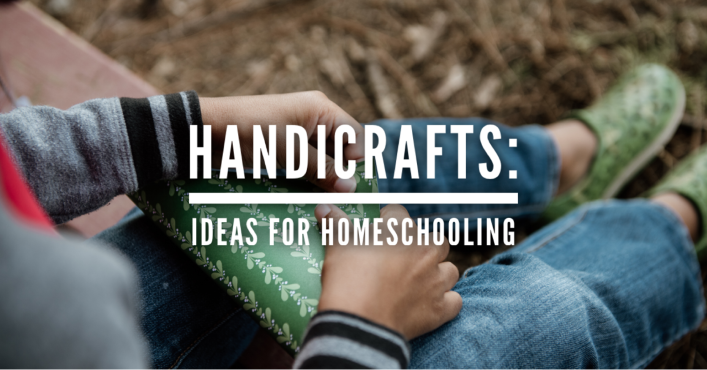
In my book, A PLACE TO BELONG, I share, “I don’t consider myself a talented artist, but I’ve always enjoyed making things. Even as a child, I was intrigued by the process of taking raw materials and turning them into something desirable, and I enjoy passing that mindset on to my children. Every few months, we choose a new handicraft or life skill to pursue. I didn’t grow up doing many of the things my children now consider second nature. Still, I know that I’m only a generation or two removed from intimate knowledge of these types of activities, and I love helping my kids reclaim that part of their past.”
Again we know that the human hand is a wonderful and exquisite instrument to be used in a hundred movements exacting delicacy, direction and force; every such movement is a cause of joy as it leads to the pleasure of execution and the triumph of success. We begin to understand this and make some efforts to train the young in the deft handling of tools and the practice of handicrafts.
Charlotte Mason, Vol. 6, p. 328

Whenever I speak about handicrafts at conferences or post photos of my family engaging in creative projects on social media, I’m always asked for ideas on getting started. The beautiful thing is that you can start with any handicraft that speaks to you or your children as long as your children have the ability to do what is being asked of them.
The children’s work should be kept well within their compass.
Charlotte Mason, Vol 1, p. 315
Every family is different, but my biggest personal challenge is gathering supplies. Once I have everything needed in place, I can more easily incorporate handicrafts into our weekly schedule. If I have to chase down written instructions, find the perfect video tutorial, or search for supplies in the moment, the handicraft will remain merely an idea in my head. I know this about myself, so I always plan our handicrafts ahead of time, just like I do our books and other lessons.
There’s no official handicraft curriculum, so “any work which employs the creative instinct to good purpose and produces a reputable and artistic result (not mere exercises which waste the children’s time and material for nothing) finds favour with us.”*
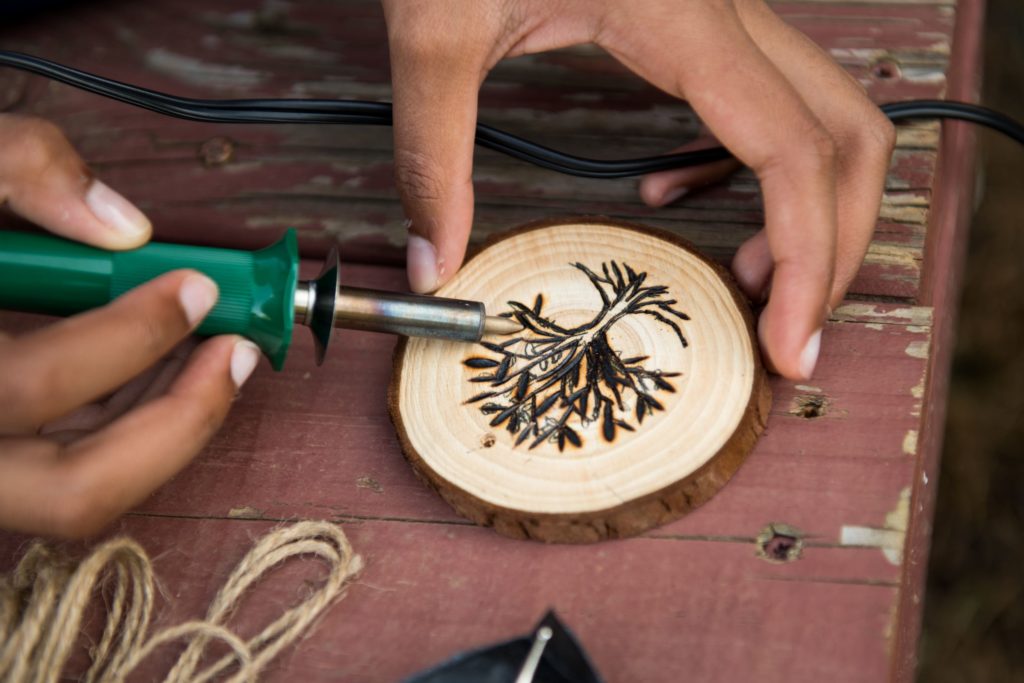
I find it easiest to start with a kit when we first learn a new handicraft. Notice that I said “we.” While some parents are already skilled in particular handicrafts, I’m usually learning alongside my kids. In some cases, I may be ahead of them but rarely by much. My lack of knowledge in many areas is certainly a challenge, but it’s also part of what motivates me to teach my children. I want them to have a lifetime of enjoyment from working with their hands.
The child is only truly educated who can use his hands as truly as his head, for to neglect one part of our being injures the whole, and the learned book-worm who is ignorant of the uses of a screwdriver, also lacks that readiness and resourcefulness, mental neatness and capability, and reverence for labour and its results, which a knowledge of practical matter gives.
*R.A. Pennethorne, The Parents’ Review, Volume 10, 1899, p. 561
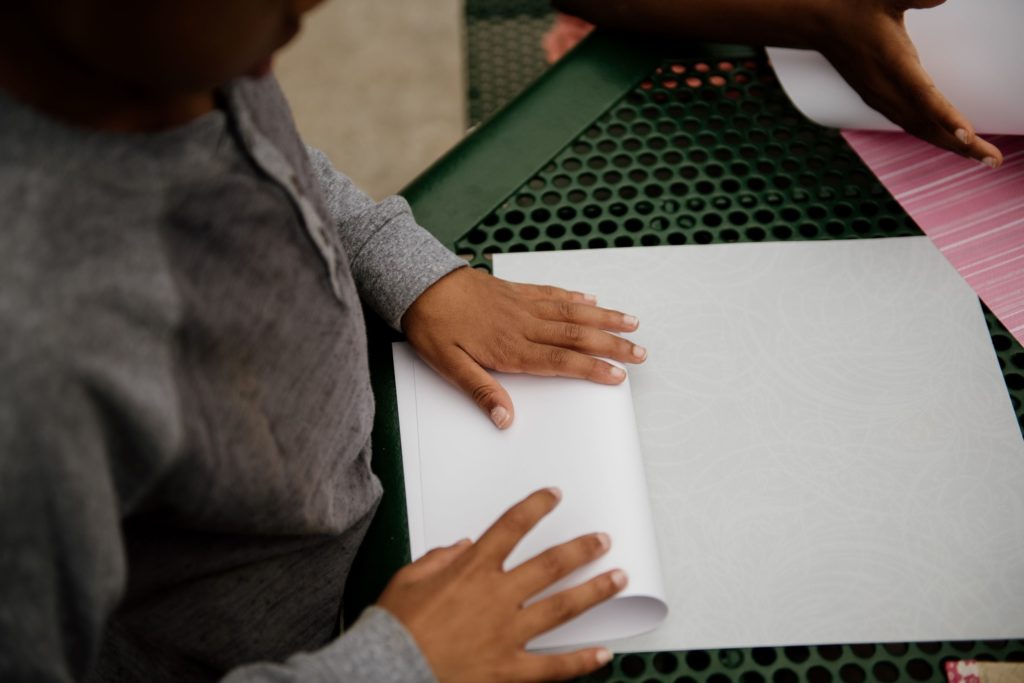
Disclosure: As an Amazon Associate, I may earn commissions from qualifying purchases using these links of handicraft kits and supplies, at no additional cost to you. Thank you for your support.
The kits get us going (especially with young ones), and then we typically collect additional supplies for continued use over time if it’s a handicraft that really appealed to a particular child. Here are some of the handicraft kits and supplies that my family has found useful and enjoyable over the years along with a few items that I’ve earmarked for next school year:
Beginner cross stitch, needlepoint, crochet, and knitting
These are some of the first kits that I ever purchased, and they were a huge hit. My kids worked on these a little each week with me at first, but after a while, they would pick it up on their own and make progress in their free time.
Beginner to intermediate hand weaving
For a while, my girls were making multiple pot holders a day. I slowed them down by encouraging them to use patterns and integrate new designs. Those early pot holder days paved the way for more intricate hand weaving.
Latch hook and punch needle
Latch hook and punch needle are simple and gratifying handcrafts, but be careful with the size of the projects for little ones. The cupcake below took my daughter a really long time to do, and she almost gave up because it’s a fairly large piece and the repetitive pink background became tedious. However, the end result was adorable!
Basket weaving and leather work
Both of these handcrafts immediately captured the attention of all my children. I ended up purchasing multiple leather kits to share with our homeschool group at an event I was hosting, and it was one of the most popular activities that day.
Beading kits and supplies
Two of my kids really took to beading, but there were little beads and clasps everywhere for months. They didn’t spill them, but stray pieces still found their way into all of the nooks and crannies of our home.
Paracord bracelets
I couldn’t find a paracord kit with everything I wanted, so these are the things that I purchased for my son’s DIY starter kit. I also bought the paracord book below which I like, but he prefers to use Kevin Brauer’s paracord video tutorials.
Needle felting
My mom purchased the first kit below for my oldest as a gift. After watching her create, my other kiddos wanted to give it a try, so I purchased additional handles and wool below so they can join her.
Clay modeling, wood carving, and wood burning (pyrography)
I previously shared a clay modeling post with a supply list along with a wood burning supply list. Once my youngest started joining in, I found that we just couldn’t share a limited number of wood burning pens so I bought the orange one below so everyone would have one. I don’t yet own the professional wood burner at the end, but it’s on my wish list because I think we could really do some beautiful work with that tool.
Origami and paper sloyd
I included the first kit below because it seems like a solid starter option, but I actually haven’t used a kit for origami. I just work through the book below with each child the year before they begin paper sloyd. The last two supplies listed are for sloyd, and we use these books: Paper Sloyd: A Handbook for Primary Grades by Edna Rich and Paper Modelling by M. Swannell. I’ve been surprised by how much my children love origami and sloyd. We’ll be trying cardboard sloyd for the first time in the spring, but I haven’t purchased any supplies for that yet.
Sewing and string art
All of my kids started hand sewing with felt and embroidery thread followed by basic projects using fabric and a smaller needle. We didn’t have a kit; I just bought separate supplies and found patterns and ideas in books and from searching online. After a year or so of hand sewing, they’ve all used my Singer Athena (It’s discontinued so I can’t link to it), but my oldest really got into sewing and now has her own machine (below). Hers doesn’t have as many features as mine and it doesn’t run quite as smoothly, but it’s been a perfect starter machine. When she needs to do more complicated work, she just hops on my machine.
One of the biggest blessings to come from our family learning to make useful things is our ability to bless others with meaningful handmade goods. As my children are learning to work well with their hands, they’re also learning to work well with their hearts, and that makes the planning and prepping more than worthwhile.
For more details on how handicrafts are used in my home along with a list of instructional books that I love, please read Chapter 7 of my book, A PLACE TO BELONG.
You can find me hanging out on Instagram @heritagemomblog.
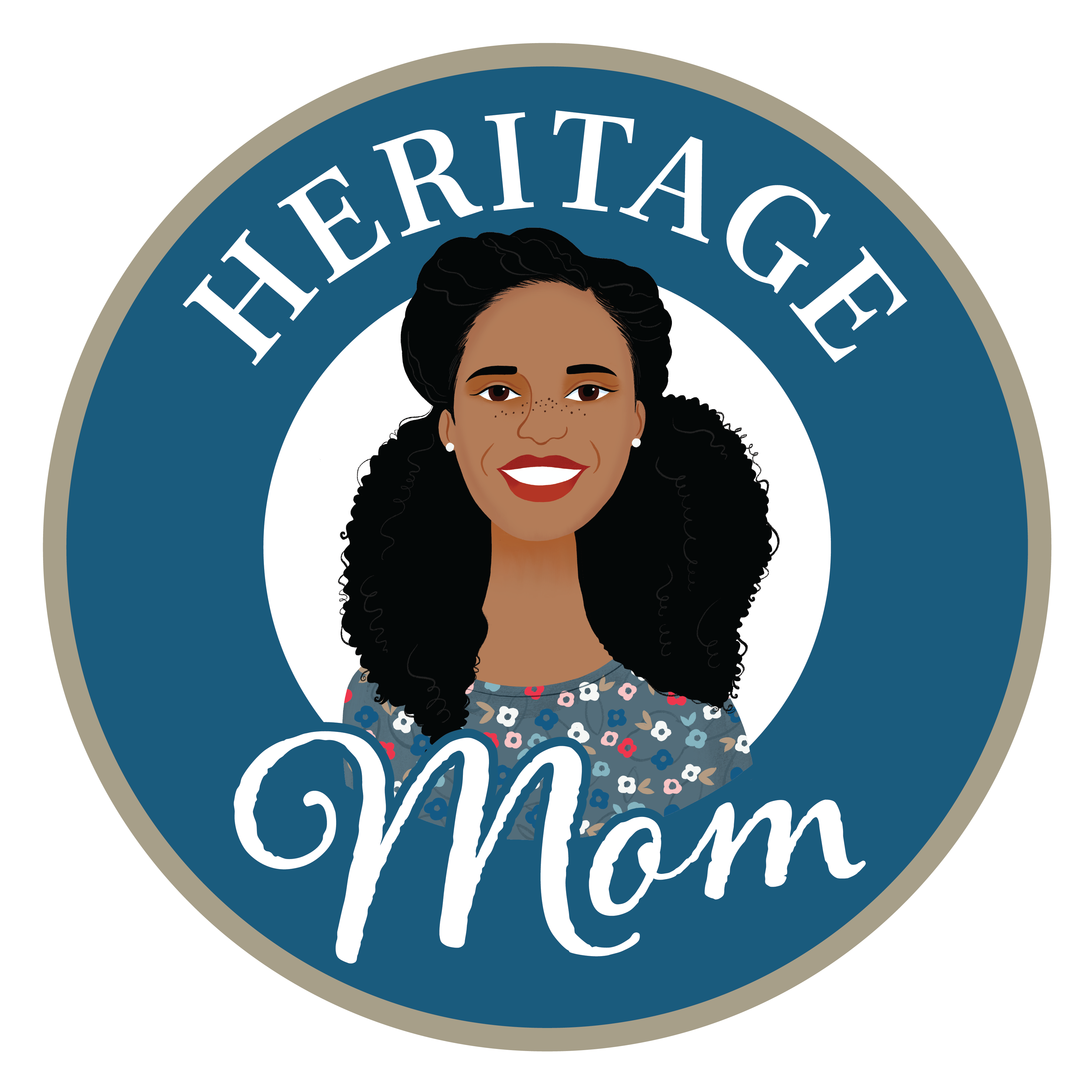












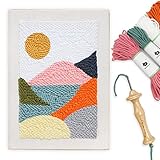









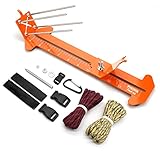
























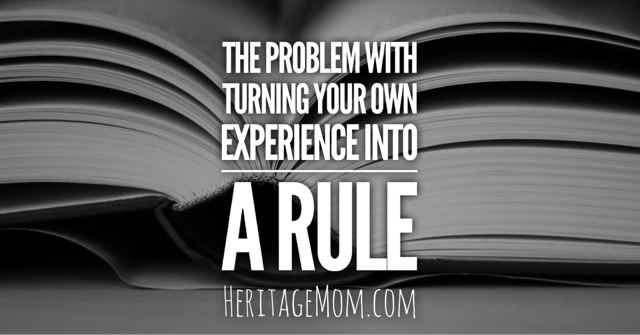


This is great ! Thank you for doing this. Crafts are definitely not my thing either so this is so helpful !
I’m really glad that you find it helpful! Hopefully, the kits will help make them a little less intimidating.
Do you typically have a pattern or end product in mind? My 9 year old has been asking for a while to whittle and wood work, but I have 0 experience and wouldn’t know how to help her make anything! Any tips of what that looks like?
Sure thing. We used this book, and it was my 9-year-old who took to it the most, actually: https://amzn.to/3NSZcug. I was completely reliant on this because I also had no experience at all.
Thank you so much for this lovely post, and all the specific reccomendations that you put into it! We’ve found some new favorite handicrafts off of this post, and I’ve sent the link to many other homeschool moms. Thanks for your generosity, Heritage Mom! <3
You’re so welcome. I’m really glad that you found some useful ideas here!
Thank you so much for this! I need to take the time to allow my children to do handicrafts; to do ALL of the “electives” that were not considered electives to Charlotte Mason.
Oh yes! Please give it a try. Handicrafts have brought so much joy to our home.
This is all so helpful! We will be embarking on our homeschooling journey this fall so I’m curious, how often do you work on these skills?
We work on our projects weekly, usually on Fridays because it’s a great low-key way to end the week. Plus, it’s something to look forward to all week. Once the kids understand how to do whatever it is, they will sometimes work on their own at other times. I rarely have the opportunity to advance my own projects outside of Fridays, lol.
Hi! I’m wondering which handicrafts your son has enjoyed the most. I have three boys ages 6, 8, and 13.
Hi! For the 6 & 8 year old – definitely origami (The red paper folding book). My sons were both so into it at that age. For the 13 year old, definitely the paracord bracelets (and beyond – there are youtube videos for making all sorts of stuff from paracord). My son is 12 and I think it’s still his favorite, but he also really likes the leather work. In fact, we’re going to do leather again this year using some of the projects in this book: https://www.amazon.com/gp/product/1974805557/ref=ox_sc_saved_title_3?smid=A3VQS8HNHDVD50&psc=1 I hope this helps!